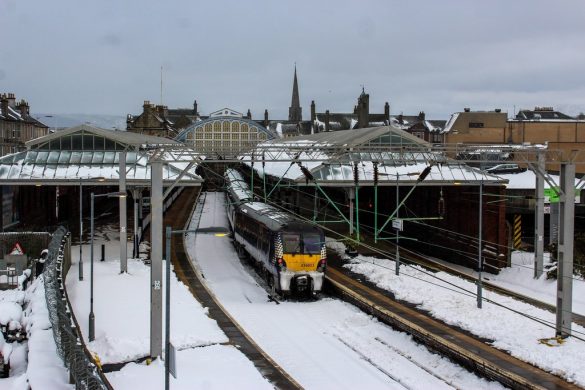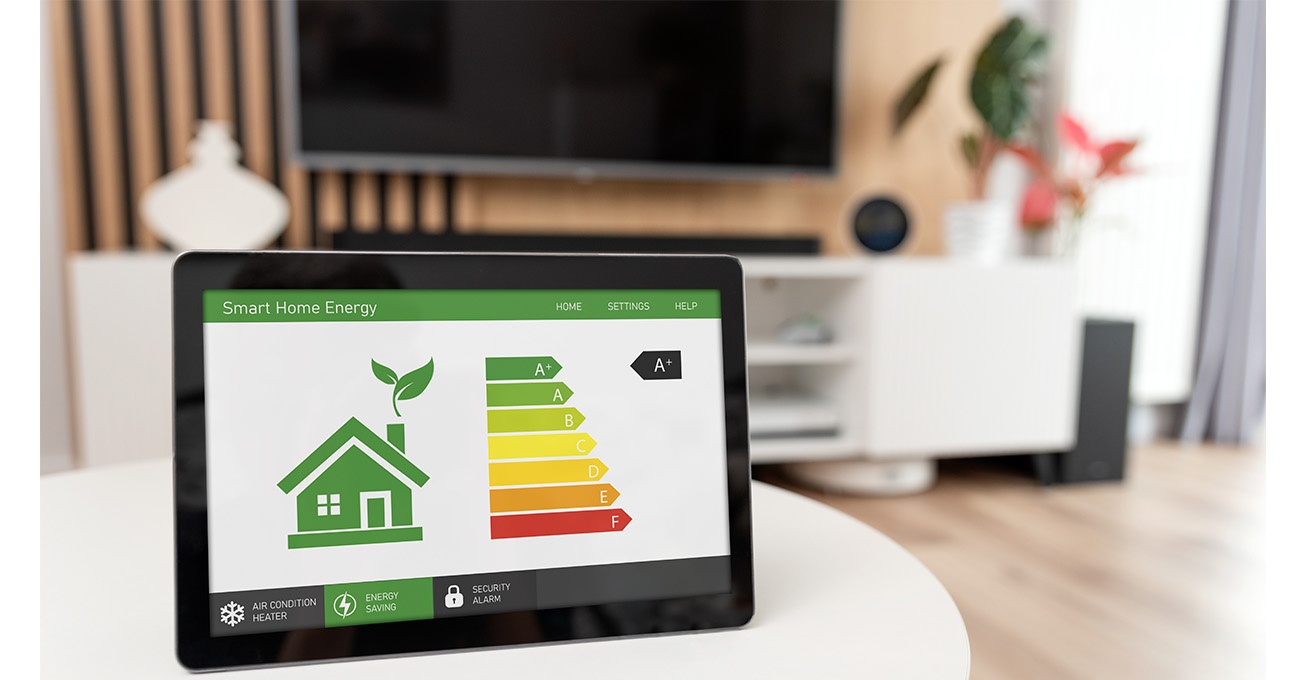 2020 has gotten off to a chilly start, and the forecast predicts that the weather is going to continue getting frostier. Last year, scientists from UCL published a long-range weather forecast predicting extreme weather reminiscent of the infamous Beast from the East in 2018. Read on to find out more about these predictions and learn what the rail industry is doing to anticipate and prevent every potential problem.
2020 has gotten off to a chilly start, and the forecast predicts that the weather is going to continue getting frostier. Last year, scientists from UCL published a long-range weather forecast predicting extreme weather reminiscent of the infamous Beast from the East in 2018. Read on to find out more about these predictions and learn what the rail industry is doing to anticipate and prevent every potential problem.
According to the forecast published by UCL: “We anticipate the North Atlantic Oscillation will be negative and that United Kingdom temperatures will be colder than normal during January-February 2020.” The jet stream that blows in from the west above the Atlantic, bringing frosty weather, is predicted to plunge the UK into an average temperature of 3.9°C over January and February. This is 0.5°C below the average winter temperature in the UK between 1981 and 2010.
It is more clear than ever that we are facing an unpredictable climate. To avoid any inconvenience to travellers, local authorities and the rail sector have a duty to British citizens to keep things running smoothly. Let’s take a look at how the rail industry has improved in light of the Beast from the East, and how we can best prepare for another extreme winter.
What we’ve learnt from the past
Continental air mass will hit the UK as a result of high pressure over Scandinavia. This is what happened in 2018, causing train systems to be stretched to maximum capacity and face unprecedented challenges. Despite the measures put in place, Britain was not prepared for such extreme circumstances. Most forms of transport were ill-advised due to the weather conditions and, according to Transport for London, one in five regular commuters forwent their commute altogether in England’s capital.
No matter how hard the rail sector attempted to ease the pain, commuters around the countries were left disgruntled. Local authorities and train companies did what they could during the cold winter and extra help was brought in. Although the reaction was fast and as efficient as possible, people across the country agreed that more could have been done to prepare if we had better anticipated the weather conditions. Luckily, we now have the power of hindsight, and can prepare for the upcoming months.
How we are preparing for the future
Extreme weather conditions can be difficult for train networks to overcome. One reason why extreme weather can be detrimental to train travel is that in cold weather or winter periods, direct current line inductors can be exposed to moisture from snow and ice. This leads to many electrical flashover faults. Overheating and short circuiting due to excessive moisture can also cause severe damage to coils. In extreme cases this causes the aluminium conductor to melt and erode away, leaving a gap. Once damaged, the current flow through the conductor is forced to bottleneck through the now smaller cross-sectional area of the conductor. This results in higher resistivity and an increase in temperature.
Pump repairs company, Houghton International, offered one solution to the problem. Using pioneering technology, they designed HiTIG, a technical welding solution for the repair of high current aluminium windings. HiTIG restores functionality to an otherwise unserviceable unit. Using a standard high-quality tungsten inert gas (TIG) welding procedure, they can create a filler weld. This weld utilises an inert gas with a tungsten tip to create a repaired portion.
Importantly, this system was able to be delivered consistently. Commenting on the innovation, Hodi Mirafsari, Engineering Director at Houghton International said:
“Having worked in the rail sector for over 15 years, Houghton International understands the requirements of the sector and the needs of our customers. HiTIG is the perfect example of Houghton International working collaboratively with customers to solve complex engineering problems and extend the life of electro mechanical assets across their vehicles.”
Signalling can also cause huge issues and is disrupted by extreme weather conditions. Heavy snow can disrupt the signalling process by getting into the switch rails and stopping the points from operating. The best solution to this issue is point heater systems (powered by either gas or electricity). Although these heaters have proved effective over recent years, they have not been utilised everywhere due to their cost.
As well as snow, flooding can cause extreme difficulties. When flooded, the track circuits which detect trains will not work properly and signals can’t be sent. Of course, train systems can’t continue running when the signalling is faulty, so even slight flooding can grind entire areas to a halt.
Luckily, we are constantly seeing improvement and innovation in the UK’s transport sector. Due to climate change, extreme weather conditions are only going to become more common in the UK. Preparation and adaptation are key when it comes to navigating cold winters. Hopefully we will be ahead of the game this year and be ready for anything that the cold weather might throws at us.






